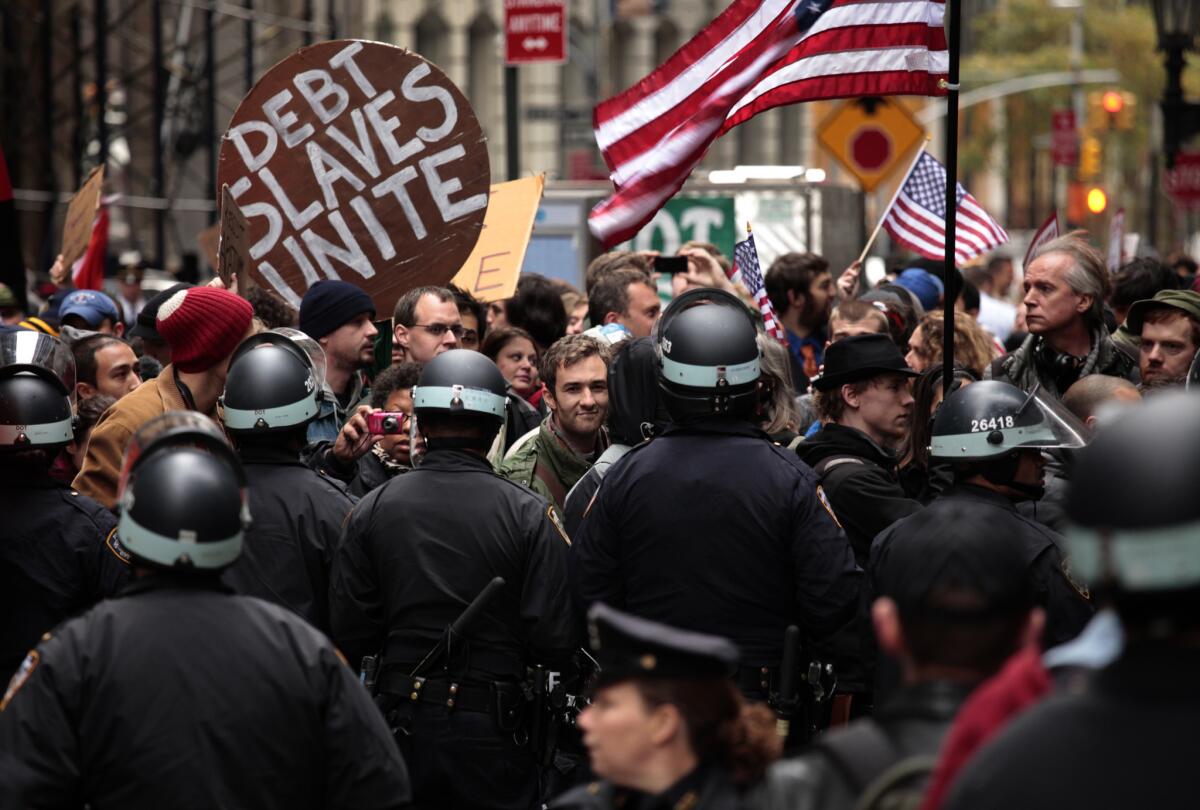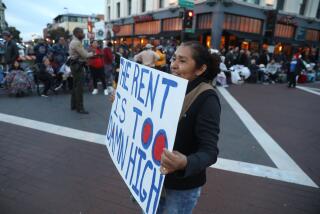Dire warning from Wall Street: income inequality hurts U.S. growth

Academic economists have been warning for years that rising economic inequality in the United States is hampering economic growth and punching holes in the social fabric. (See, for example, Piketty and Saez.) But they’re only professors, after all, so it’s been easy for their views to be ignored by bankers and investment types.
But now comes a warning from the heart of Wall Street--Beth Ann Bovino, the chief U.S. economist of Standard & Poor’s, and her staff, who write in a research brief released Tuesday that “increasing income inequality is dampening U.S. economic growth.”
Sounding a broader alarm, they observe that inequality “may also spur political instability....The affluent may exercise disproportionate influence on the political process, or the needs of the less affluent may grow so severe as to make additional cuts to fiscal stabilizers that operate automatically in a downturn politically unviable.” (Examples of such automatic programs are unemployment insurance and food stamps.)
The S&P economists acknowledge that some income inequality is necessary in a growing economy, as a spur to innovation and entrepreneurship. But “at extreme levels, income inequality can harm sustained economic growth over long periods. The U.S. is approaching that threshold.”
The S&P brief is filled with hard statistics about the rise in inequality over recent years, including the post-2008 recovery--anemic for everyone except those at the top of the income scale. The economists endorse others’ findings that funneling a disproportionate share of income to top earners suppresses growth because high-income households spend less of their income, so squeezing moderate- and low-income families forces them into debt and leaves them less to spend, placing sand in the economy’s gears.
They observe that income distribution has a stronger effect on the sustainability of economic growth (that is, less inequality fosters more growth) than any other factor, including national debt, political institutions and trade openness.
What to do about it? The S&P economists argue forcibly that improving educational access is the key. If the U.S. work force increases its educational attainment at the level of 50 years ago, when it gained a year of education during the period 1960-1965, potential GDP would rise by $525 billion, a gain of 2.4% over five years. That defines the untapped potential in the American economy.
They suggest, carefully, a “rebalancing” of the U.S. tax structure, including closing loopholes that chiefly benefit the rich; using tax revenues to finance public investment or spending on health and education, which disproportionately benefits the poor, will lead to “broadening the pathways for our future leaders, to the benefit of all.” The consequences of doing nothing are dire: at its current level, the income gap “threatens the stability of an economy still struggling to recover.”
Is this the harbinger of a new wisdom on Wall Street? That remains to be seen, but it’s the strongest acknowledgment to come from the financial sector yet. S&P’s clientele should listen carefully, for as its economists conclude, income inequality is “not just a problem for the poor.”
Keep up to date with The Economy Hub by following @hiltzikm.







